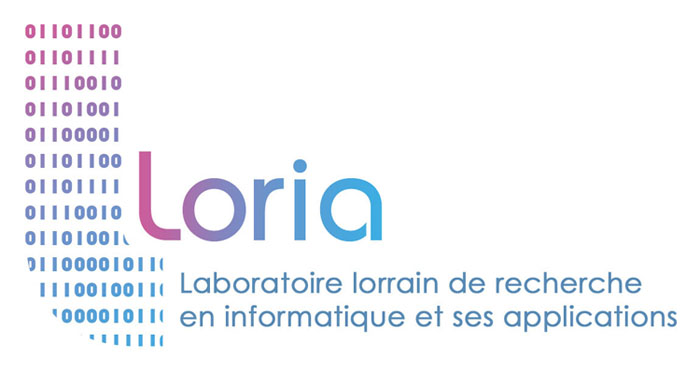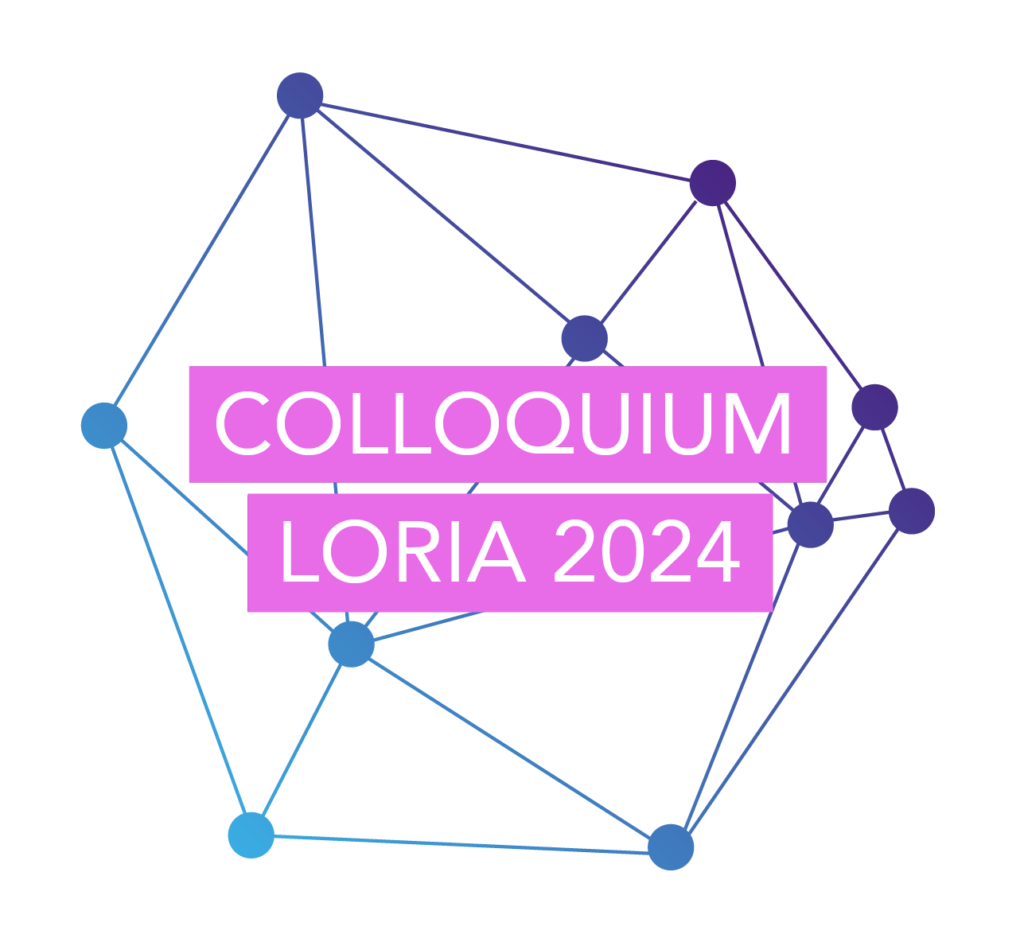[PhD 2024] Modeling joint action in HRI from a bio-inspired approach
Deep Interest in human-robot interaction, embodiment, cognitive sciences and bio-inspired modeling (dynamical systems theory).
Programming skills in Python language (skills in C++ would be a plus).
Notions of classical geometric modeling and behavior regulation in robotics.
Level of French/English required: at least intermediate level. You can speak the language understandably, coherently and confidently on everyday topics that are familiar to you.
APPLICATION
Please prepare the following documents : motivation letter, CV, one recommendation letter and the most recent transcript of your academic records.
Allen, M., & Friston, K. J. (2018). From cognitivism to autopoiesis: towards a computational framework for the embodied mind. Synthese, 195(6), 2459-2482.
Belhassein, K., Fernández-Castro, V., Mayima, A., Clodic, A., Pacherie, E., Guidetti, M., Alami, R., and Cochet, H. (2022). Addressing joint action challenges in HRI: Insights from psychology and philosophy. Acta Psychologica, 222, 103476.
Chame, H. F., Mota, F. P., & da Costa Botelho, S. S. (2019). A dynamic computational model of motivation based on self-determination theory and CANN. Information Sciences, 476, 319-336.
Chame, H. F., & Tani, J. (2020, May). Cognitive and motor compliance in intentional human-robot interaction. In 2020 IEEE International Conference on Robotics and Automation (ICRA) (pp. 11291-11297). IEEE.
Chame, H. F., Ahmadi, A., & Tani, J. (2020). A hybrid human-neurorobotics approach to primary intersubjectivity via active inference. Frontiers in Psychology, 11, 584869.
Chame, H. F., Clodic, A., & Alami, R. (2023, May). TOP-JAM: A bio-inspired topology-based model of joint attention for human-robot interaction. In 2023 IEEE International Conference on Robotics and Automation (ICRA).
Fiebich, A., & Gallagher, S. (2013). Joint attention in joint action. Philosophical Psychology, 26(4), 571-587.
Friston, K., Schwartenbeck, P., FitzGerald, T., Moutoussis, M., Behrens, T., & Dolan, R. J. (2013). The anatomy of choice: active inference and agency. Frontiers in human neuroscience, 7, 598.
Gallagher, S. (2008). “Understanding others: embodied social cognition,” in Handbook of Cognitive Science, eds P. Calvo and A. Gomila (San Diego, CA; Oxford; Amsterdam: Elsevier), 437–452.
Newen, A., Bruin, L., and Gallagher, S. (2018). “4E cognition: historical roots, key concepts and central issues,” in The Oxford Handbook of 4E Cognition, eds A. Newen, S. Gallagher, and L. de Bruin (Oxford: Oxford University Press), 3–15.
Vesper, C., Butterfill, S., Knoblich, G., & Sebanz, N. (2010). A minimal architecture for joint action. Neural Networks, 23(8-9), 998-1003.


